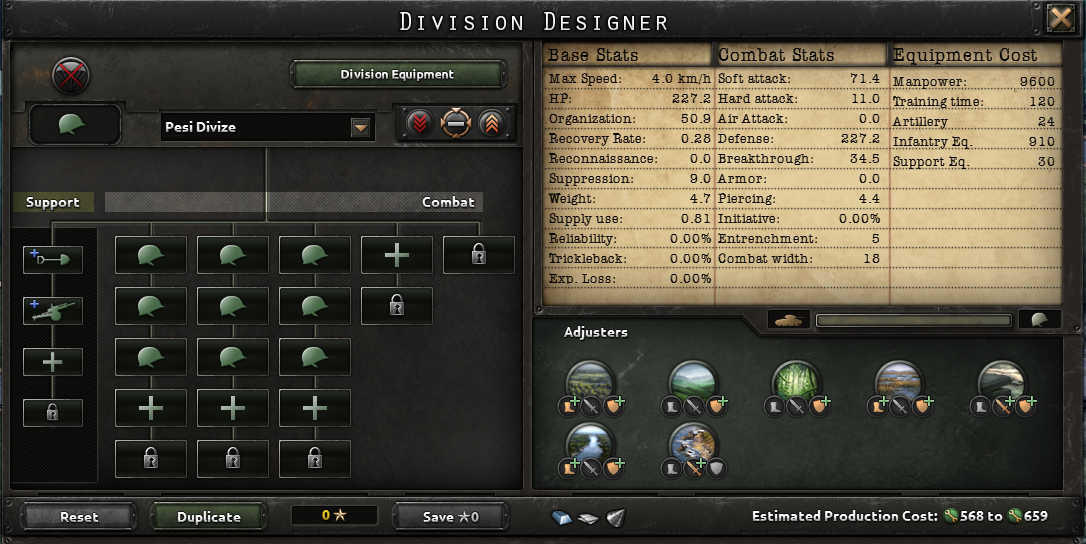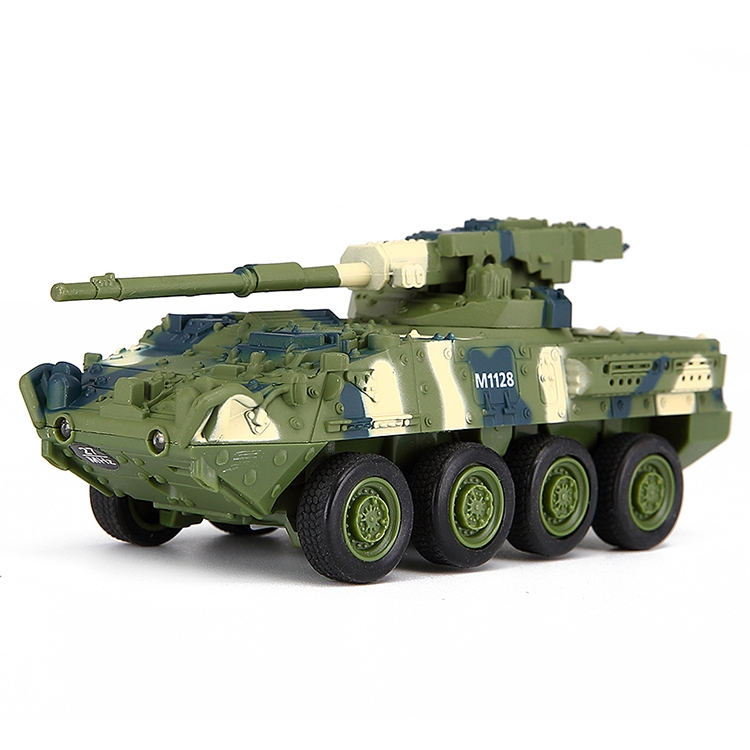

The ABV was specially designed to clear routes through battlefields heavily saturated with mines and other obstacles that would otherwise impede friendly forces from taking a designated objective. The tank rolls on a torsion bar suspension with seven road wheels, with the drive sprocket at the rear and idler at the front. Weighing in at 55 tons, it retains a high degree of mobility with a Honeywell AGT1500C multi-fuel turbine engine, generating 1500 hp and giving the tank a top speed of 42 mph (67 km/h). The regular tank is well armed and armored, with a 120mm cannon (which replaced the M1A1s 105mm) and depleted uranium mesh-reinforced composite armor. The M1 Abrams Main Battle Tank, named after General Creighton Abrams, entered service in 1980 and remains the United States’ front line tank as the M1A2 (from 1992). Photo: Corporal Alejandro Pena Base, the M1 Abrams

This is a jammer that blocks signals to remote explosives or other devices to stop them detonating. The thick white antennas rising above the vehicles are part of the ‘DUKE’ Electronic Countermeasure (ECM) system. Ugly Twins: two ABV ‘Shredders’ of the Mobile Assualt Company, USMC 2nd Combat Engineer Battalion in Afghanistan. It first saw action in 2009 in Afghanistan, before formally entering service in 2010. The ABV, often known simply as ‘The Breacher’ finally finished its development in 2008. Between 20, six vehicles, prototypes and pre-production models, were built for testing. The US Marine Corps persisted though, funding the development of the ABV themselves. As such, the ‘Grizzly’ Program was canceled in 2001 with just one prototype completed. The US Army, however, decided to halt all development of costly, complicated and maintenance heavy CEVs. In the late 1990s, the US Military were working on an Abrams-based CEV to replace the M728. The ABV was developed to meet the United States Marine Corps (USMC) requirement for a new CEV that could clear safe routes for traffic and infantry through minefields, obstacles, roadside bombs, and Improvised Explosive Devices (IEDs). The ABV is the first of such vehicles to see service with the US military since the M60 based M728 CEV was retired from service in the mid-to-late 1990s, and this vehicle’s direct predecessor, the remotely operated M1 Abrams-based M1 Panther II, was retired from service in the late 2000s. CEVs were a concept made famous by the British in the Second World War with the AVRE (Armored Vehicle Royal Engineers), and since then, similar vehicles have been a part of every major army.

It is built on the hull of the US Military’s currently serving Main Battle Tank (MBT), the M1 Abrams. The Assault Breacher Vehicle or ‘ABV’ is (as of 2018) the United States’ latest Combat Engineering Vehicle or ‘CEV’. Combat Engineer Vehicle – Estimated 239 Built


 0 kommentar(er)
0 kommentar(er)
